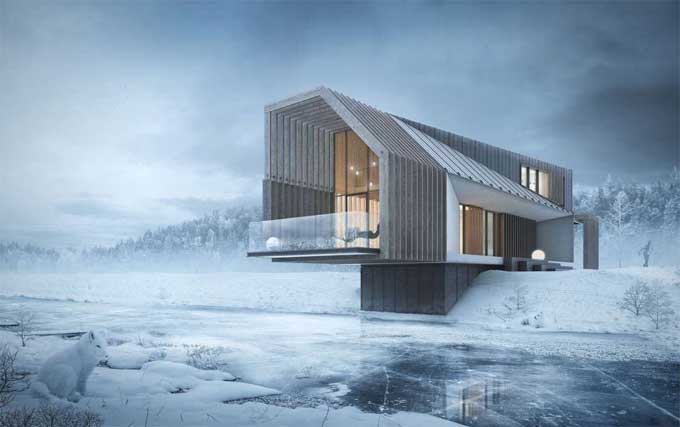V-Ray for Revit: The BIM industry has long coveted for this for a long time
Tweet
Autodesk Revit has experienced a tough decade over the past decade. Those who adopted it early praised its fast-twitch drawing generation and building modeling capabilities. AutoCAD users of old criticized the software for being tedious, complex, and counterproductive to design. Revit has made great strides in the areas of user experience and precision. But as a design tool, it still leaves much to desire.
The BIM industry has been waiting for V-Ray for Revit for a long time. V-Ray for Revit renders designs in real-time, as well as enhances them up to a photorealistic level without leaving the program. Approximately 95% of all 3D artists in the world use it.
Why does Revit need V-ray?
With the introduction of V-ray for Revit, the equation is set to change. It's one of the biggest criticisms of Revit that it makes designers lazy. Imagine that you can move a few windows here and there, and the entire set of drawings will magically coordinate.
As a result, a complex building can design more quickly and with fewer constraints. It is important to check, check, and check again when using a drafting program like AutoCAD. It will ensure that every line reinforces something important about the design. However, Revit can improve design rather than hinder it with integrated rendering software such as V-ray.
That is why V-ray for Revit is so useful. Architects can gain better insight by changing colors, materials, and even the fundamental massing of their design on the fly in V-ray, and clients have more options in moving forward.
This feedback loop improves Revit's efficiency and makes it more informative. Even though the software facilitated construction project management and expanded production. But it lacked the visual quality to become a complete package. V-ray for Revit now addresses this issue & solves it perfectly.
Features of V-ray integration with Revit
The V-RAY for Revit software integrates seamlessly with the primary system. Most people are unaware that Chaos Group's flagship rendering engine integrates seamlessly with Revit's unique BIM capabilities.
Since the model is being made as if it would be built in the real world, a rendered representation of the model can be 100% accurate. Changing materials and adjusting the design of a scene makes it easy to render multiple versions of the same scene with Revit.
Moreover, V-RAY for Revit makes it easier for studios to generate construction documents and design documents more quickly. An architect will usually wait until the design is far enough along to minimize future changes before starting work on construction documents.
An inadequately developed drawing set may prevent the company from undergoing sweeping changes without incurring a cost. The speed and ease of modifying Revit are also benefits. Without the proper visuals to guide the design, it is impossible to judge the merit of the changes.
Final Thoughts
V-ray integration goes a long way to regaining some of the power of visual awareness by giving architects and designers back some of the discipline necessary to have complete control over a set of drawings. With seamless integration, V-RAY makes it easy to create realistic images.
To get online demonstration, watch the following video tutorial.
Video Source: Microsol Resources
The production phase and the design phase operate in parallel, so no step misses.
When the architect moves forward with production early in the design process, he can catch issues before they become expensive for the firm, the client, or the contractor.

Image Courtesy: easyrender.com
Gallery
Feel free to contact us for BIM requirements. One of our representative will respond you within 24 Hours. Send us your projects requirement today and grow your project.
Explore More !







